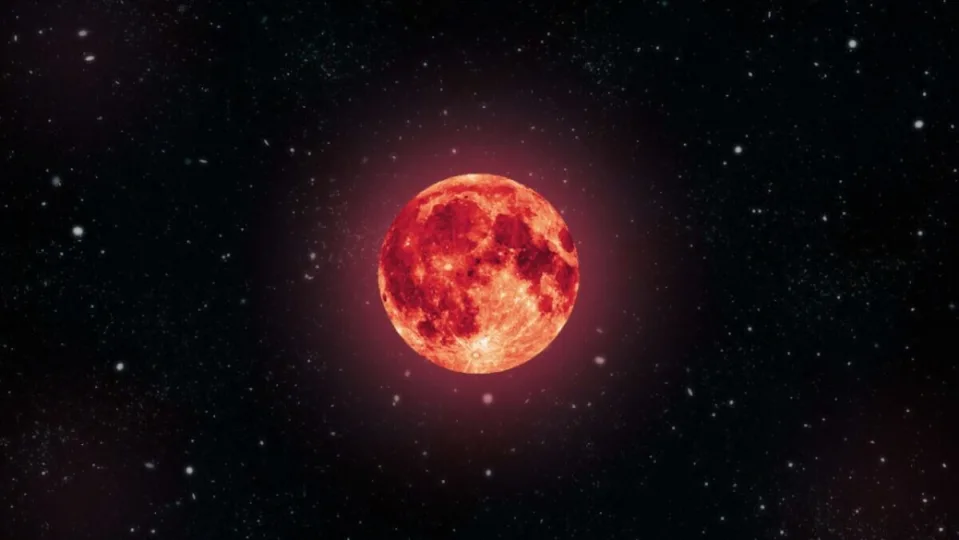Cosmic enthusiasts, get ready for an exciting August. If you were able to witness the magnificence of the Buck Moon last month, this month you will not only have the chance to see another supermoon with your own eyes, but two. Yes, you read that right, two supermoons in the same month.
On the night of Tuesday, August 1, you have a date with the Sturgeon Moon, an impressive supermoon whose peak will occur at 20:32 (Spanish peninsular time) and whose brightness will be fully visible throughout Europe, the UK, Africa, and the Middle East, looking towards the southeast.
For the other supermoon of this hot August, we will have to wait until the end of the month. On the night of August 30 to 31, we will be able to see the Blue Moon, an even more extraordinary supermoon. The Blue Moon will be the second full moon of the month, a very rare astronomical event (normally there is only one full moon per month) that occurs every two and a half years.
Indeed, if you don’t want to miss this fascinating Blue Moon, you’ll need to stay vigilant on the night of August 31, as you can witness this spectacular moon at its peak at 3:36 (Spanish peninsular time). Of course, this is subject to favorable weather conditions. Mark your calendars and keep an eye on the skies for this rare astronomical event!
What is a supermoon?
According to Dr Shannon Schmoll, director of Michigan State University’s Abrams Planetarium, a supermoon occurs when the Moon appears slightly larger in our sky. “Since the Moon revolves around the Earth, it is not a perfect circle. So there are points in its orbit where it is a little closer to or a little further from Earth,” he explains.
According to Dr. Shannon Schmoll, director of the Abrams Planetarium at Michigan State University, a supermoon occurs when the Moon appears slightly larger in our sky. “As the Moon orbits around the Earth, it’s not a perfect circle. So, there are points in its orbit where it’s a little bit closer or a little bit farther away from Earth,” she explains.
Some of the links added in the article are part of affiliate campaigns and may represent benefits for Softonic.


